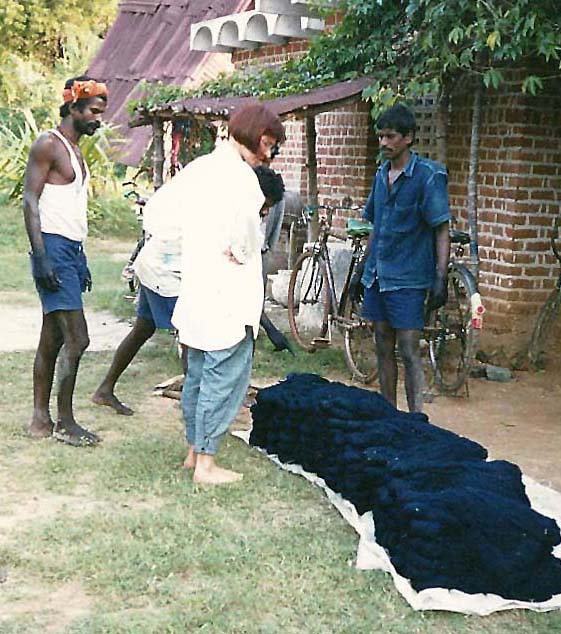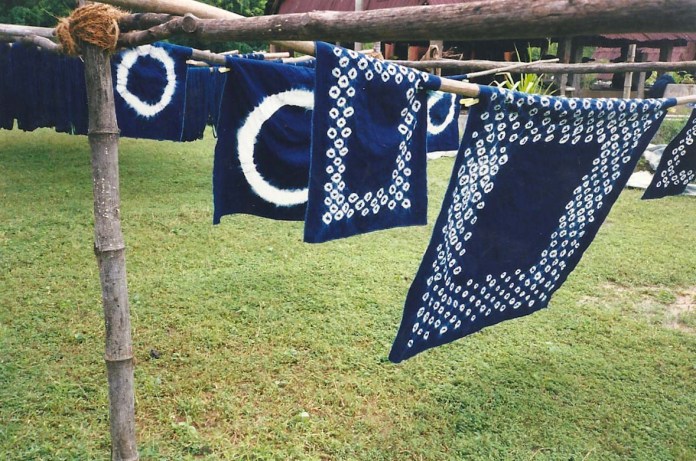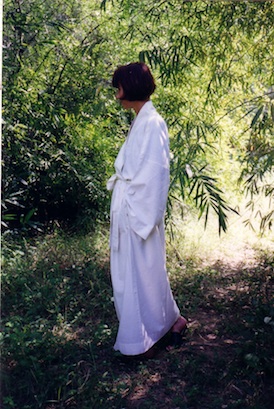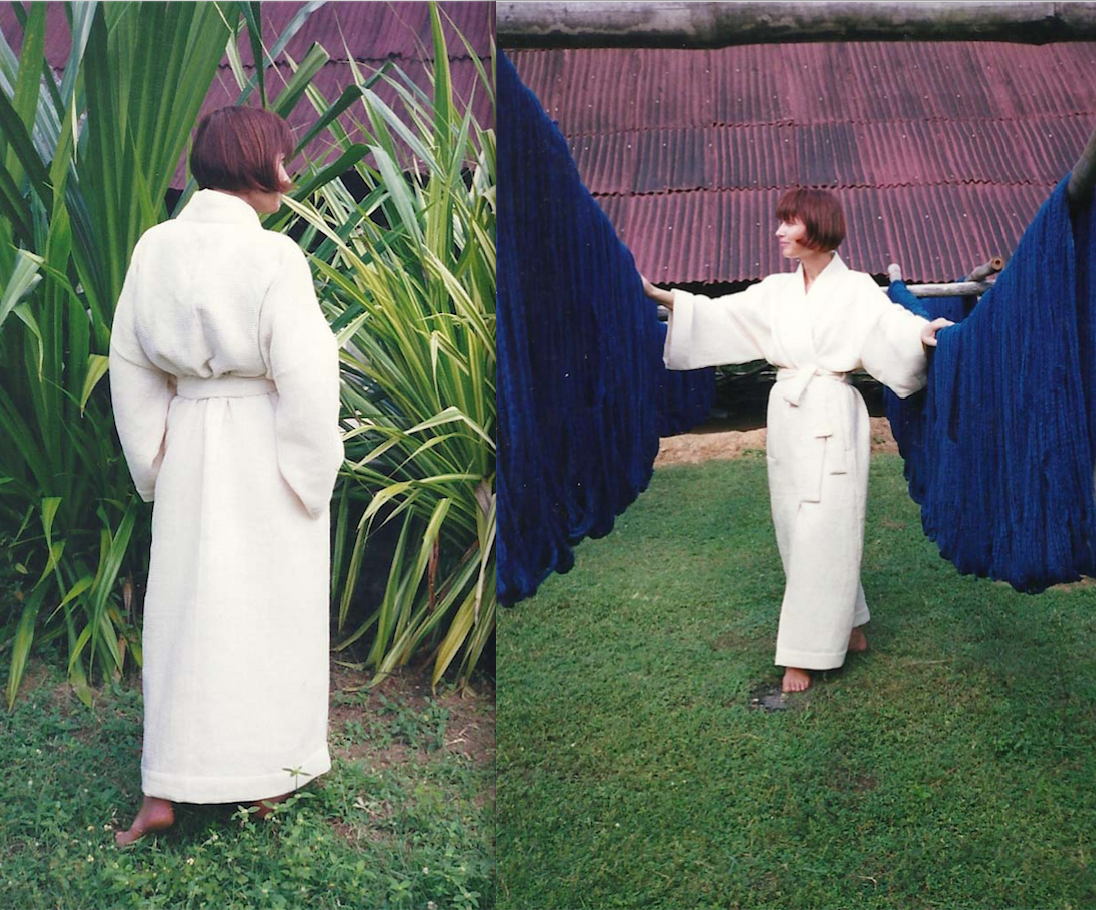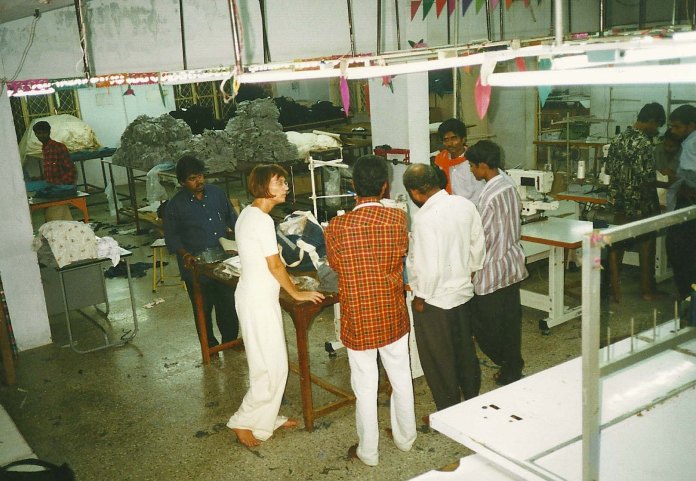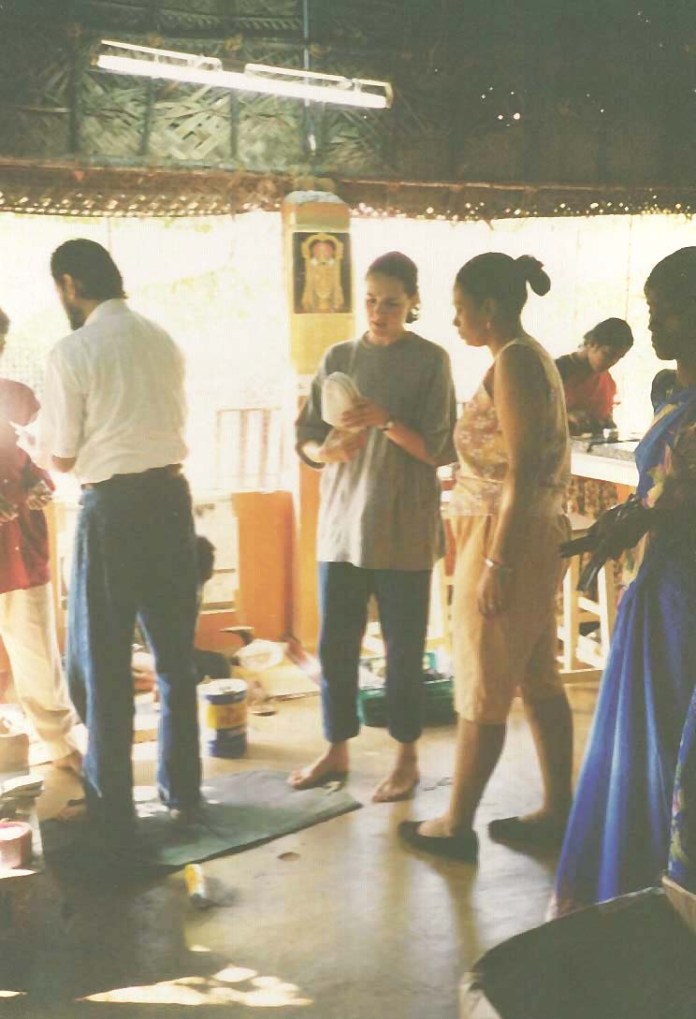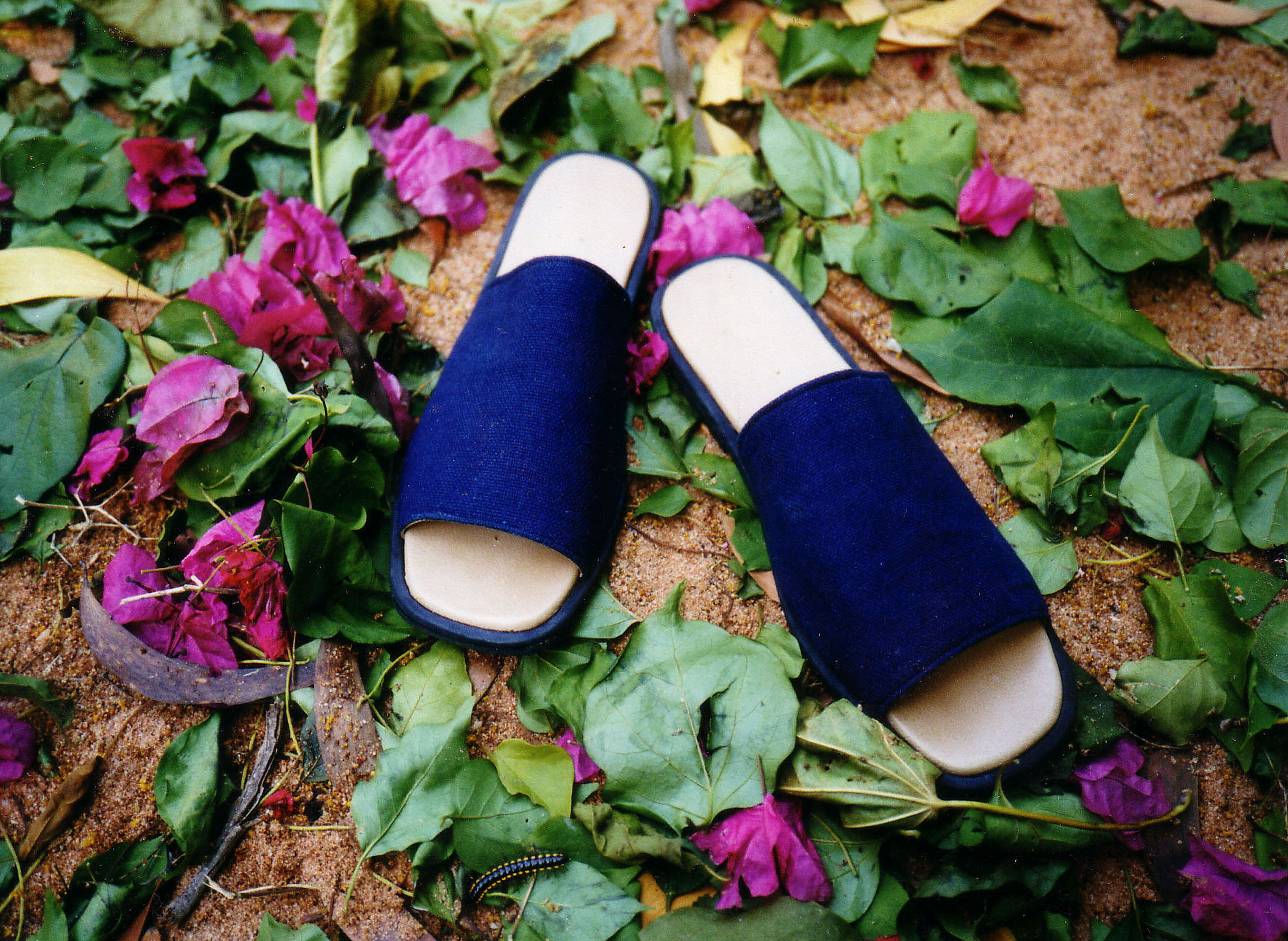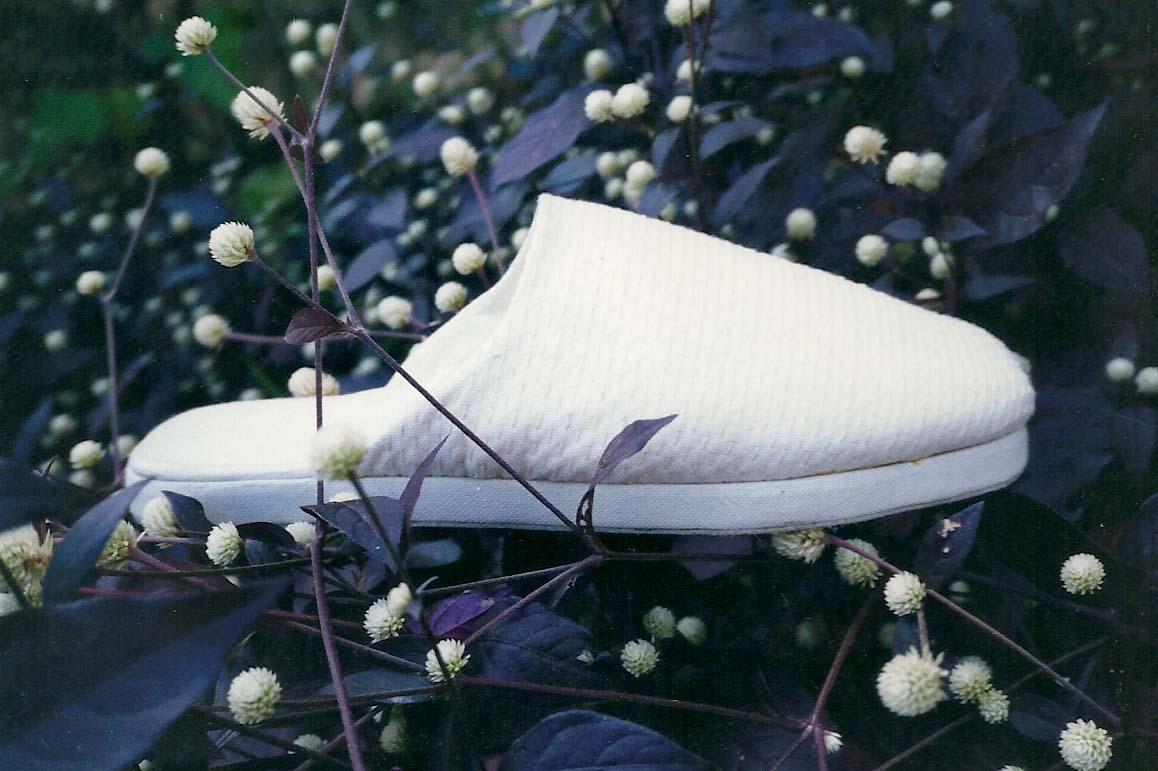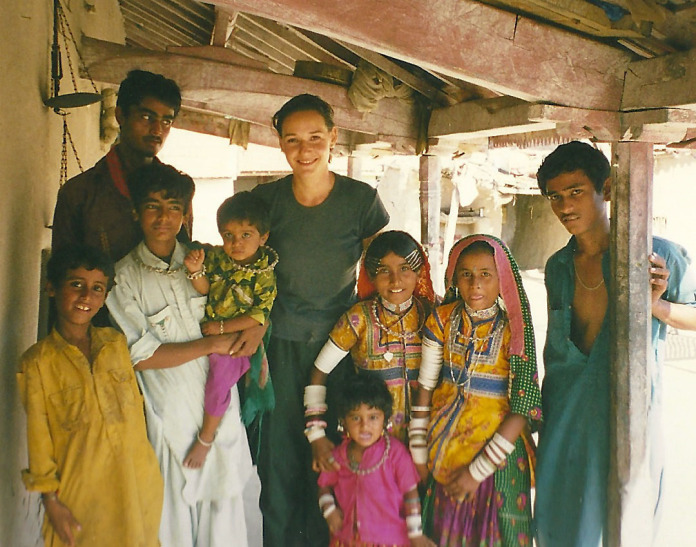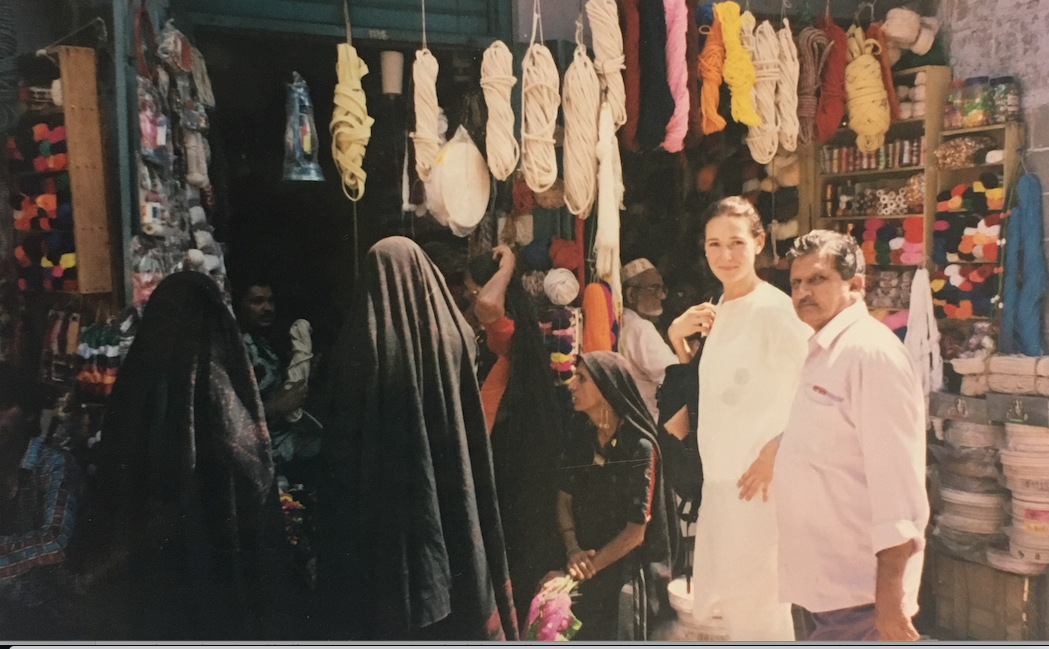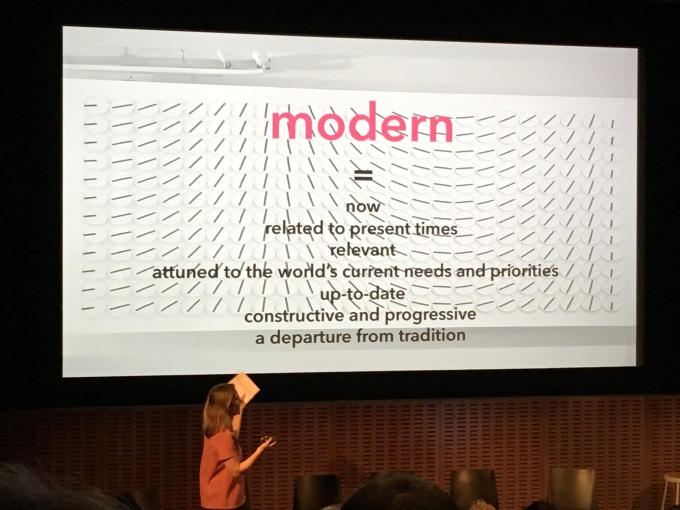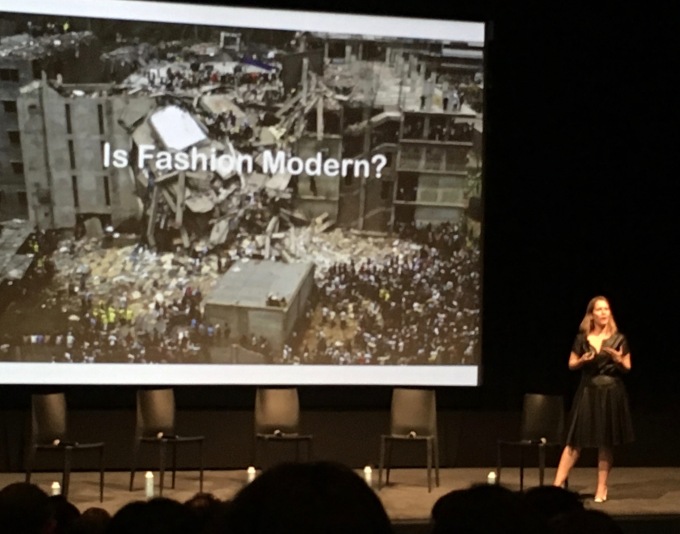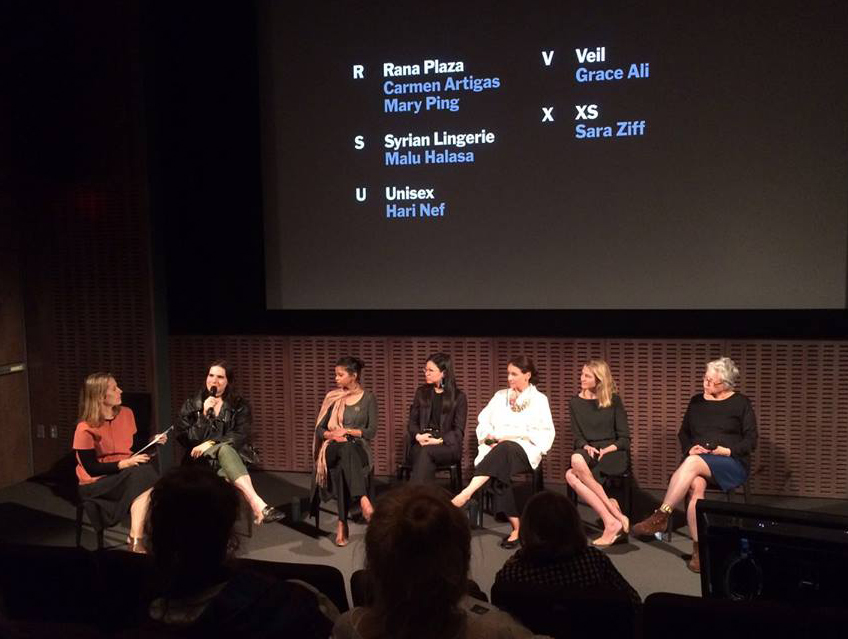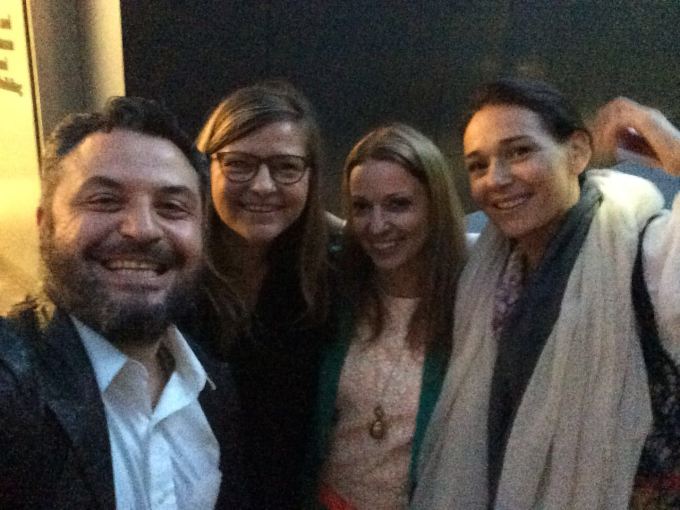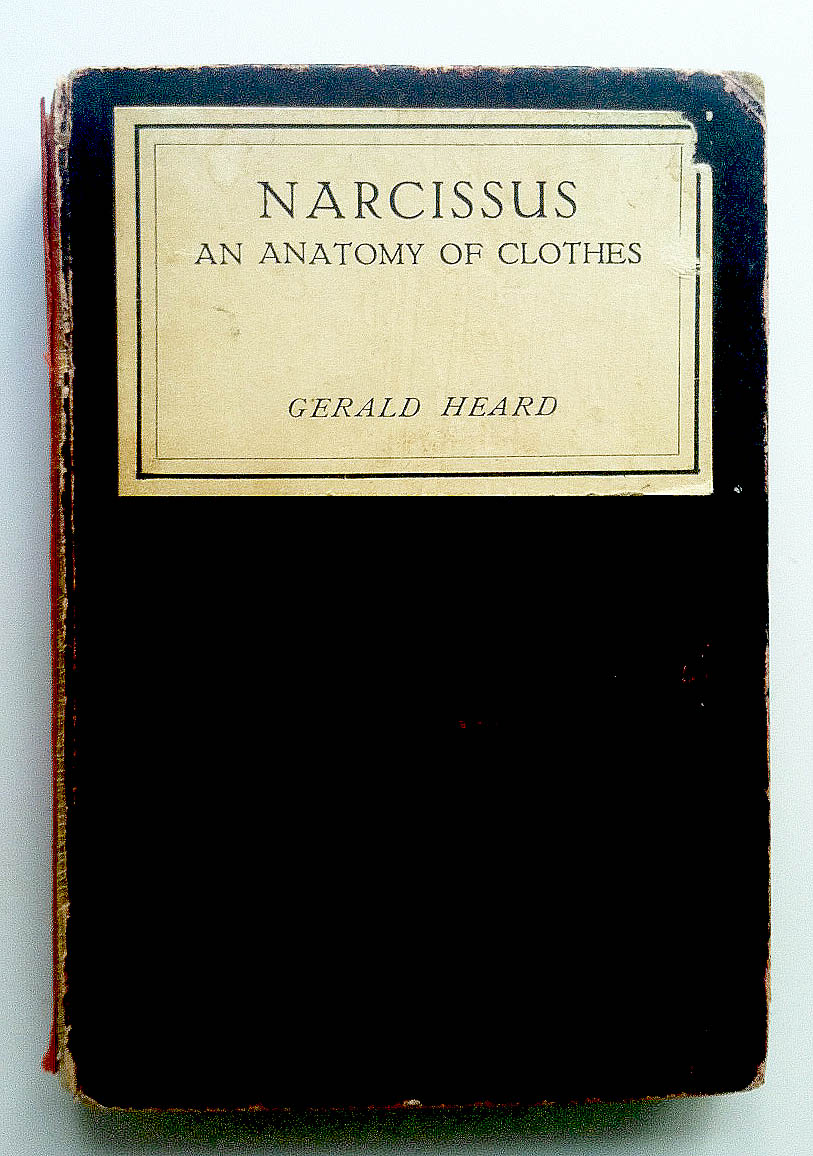It has come to my attention that my recent work on my specialization in #bioculture related to cultural garments, textiles, and natural dyes has been reproduced by Monica Boța Moisin, founder of the Cultural Intellectual Property Rights Initiative® (CIPRI), who claims to be a lawyer. Despite addressing this issue directly with her in November 2022 and again in February 2023, the unauthorized reproduction of my content continues.
As a passionate advocate for bioculture dedicated to ‘indigenous ways of knowing’, I have dedicated countless hours to research, analysis, and the creation of original content that I have proudly shared here on my website and LinkedIn. Discovering that someone else, particularly a platform like CIPRI, has not only copied my work without permission but also has not rectified the situation, is deeply disheartening.
My work with indigo farmers in Oaxaca, who provide the precious blue color used in Mexican traditional textiles, ignited my research that helped me find a very small branch of Mexican anthropology dedicated to BIOCULTURE, originally developed by Barney Nietschmann, one of the early leaders of geographical cultural ecology, since the 1960s. This helped me connect the dots in the realm of cultural garments, textiles, and cultural identity aspects linked to biodiversity.
Plagiarism devalues original creators’ efforts and compromises credibility, violating intellectual property rights and ethical standards. It undermines integrity and respect, particularly in specialized fields like bioculture.
While I firmly believe in the importance of sharing knowledge and ideas within our community, it must be done with honesty, transparency, and giving due credit to whom it is deserved. Authenticity and integrity should never be sacrificed for the sake of recognition or success.
Through this timeline, I aim to connect the dots by presenting key moments such as publications, talks, and significant research findings, which reveal Monica Bota Moisin’s silent plagiarism of my consulting and educational topics. This includes instances where she appropriated my work to launch her platform in 2018 and eventually co-opted BIOCULTURE in 2022, a concept founded through Barney Nietschmann’s research on indigenous groups in Nicaragua.
In 2014, I delivered a presentation on ‘Cultural Misappropriation in Fashion‘ at the Textile Society of America symposium, predating its recognition as a significant taboo within the industry.

In 2015, The Ethical Fashion Initiative prominently featured me in an interview within their ‘Hand of Fashion’ magazine’, emphasizing my dedication to addressing cultural appropriation in the fashion industry.
In 2015, within a private group chat on Facebook, Susana Harp Iturribarría disclosed that Neiman Marcus was marketing a replica of the Tlahuitoltepec blouse from the Mexican community of Santa Maria Tlahuitoltepec, Oaxaca. That same week, my visit to the (now defunct) Barneys NY in LA unveiled that the Isabel Marant ÉTOILE collection had reproduced these designs, sparking discussion on cultural appropriation. Additionally, they replicated the thick wool sweaters from Gualupita, Estado de Mexico, that Marilyn Monroe made famous in the 1950’s. My subsequent post on the Ethical Fashion Tribe Facebook page and LinkedIn garnered over 30,000 views, amplifying awareness of the issue. Eventually, the matter gained international attention, extending the reach of the conversation.

Talks and posts on fashion misappropriation
Some examples of my original website since 2013:

CIPRI’s website: Notice the obvious imitation?


My research, website, and efforts to promote Biocultural Heritage started in 2020, including talks held in Mexico City and India.
Sangamam Bioculture presentation, Chennai, India
This is how she covertly introduced the definition: Bio(cultural) in 2022.
– November 9th, 2022

I send her a special request on February 2023 at no avail:























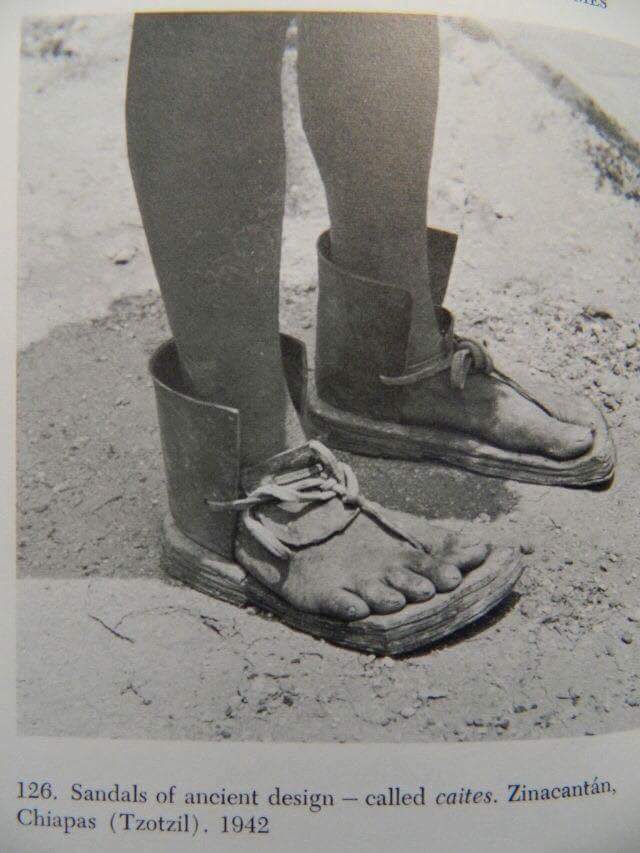


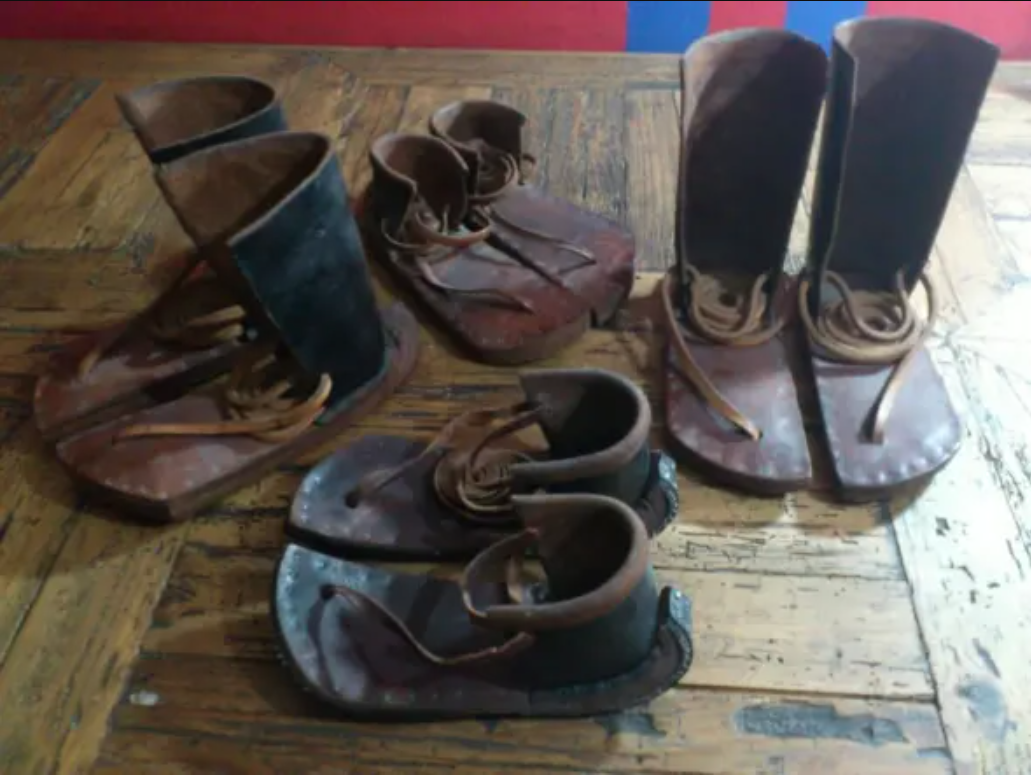


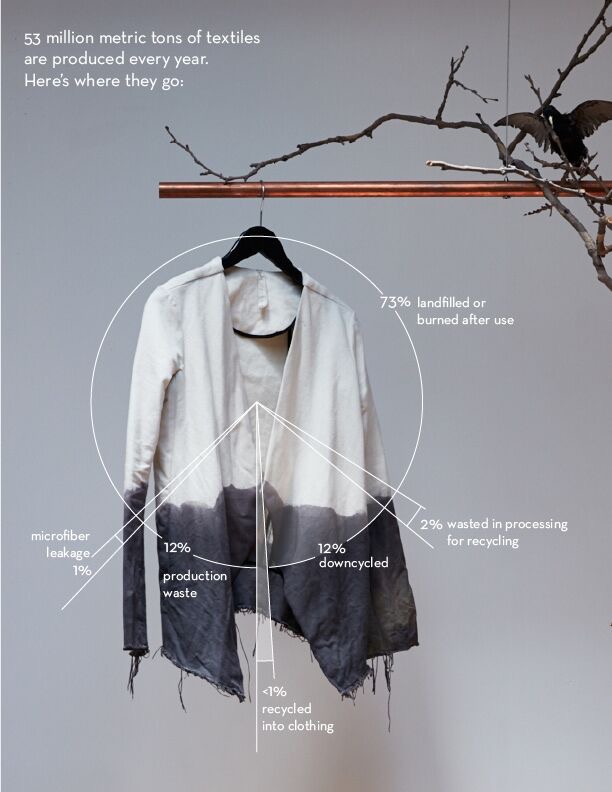












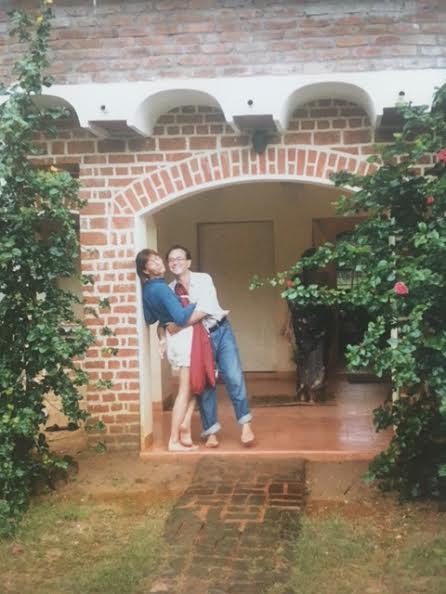
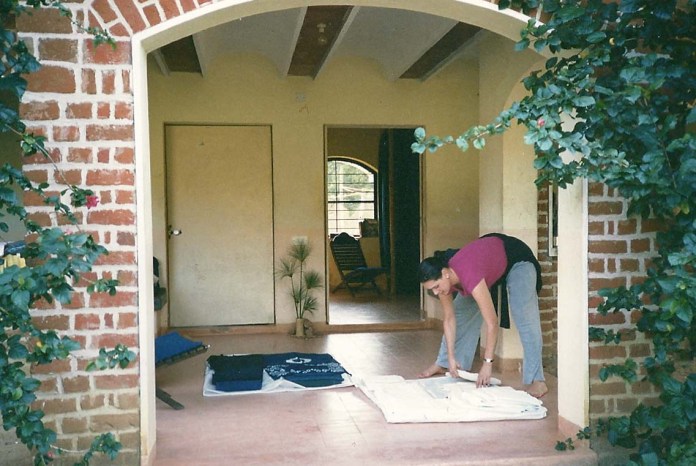
 Indigo + Japanese techniques: Shibori, Sashiko and natural bamboo closures.
Indigo + Japanese techniques: Shibori, Sashiko and natural bamboo closures.

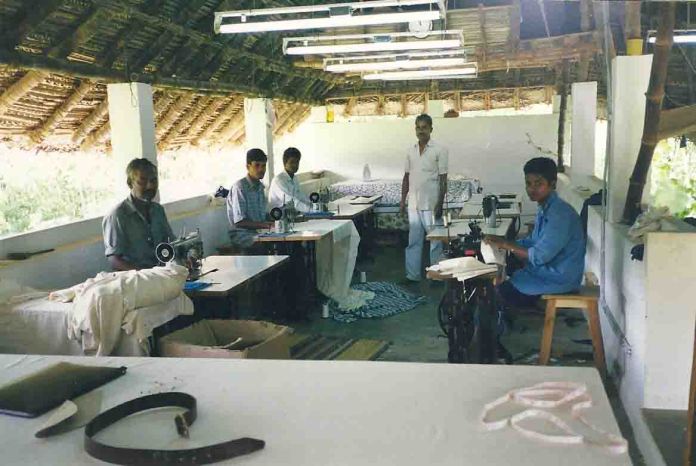

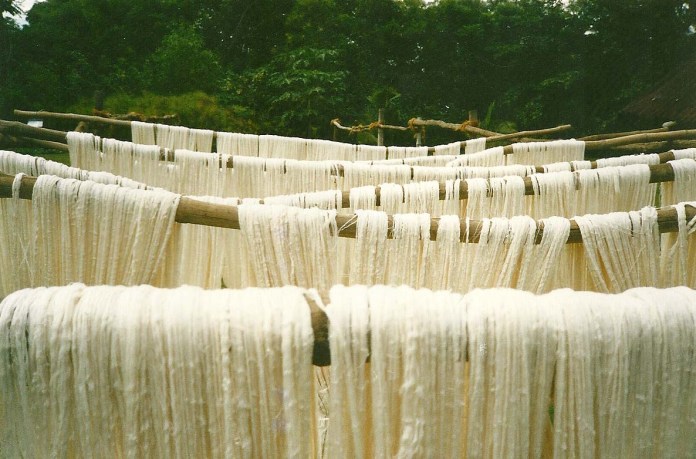


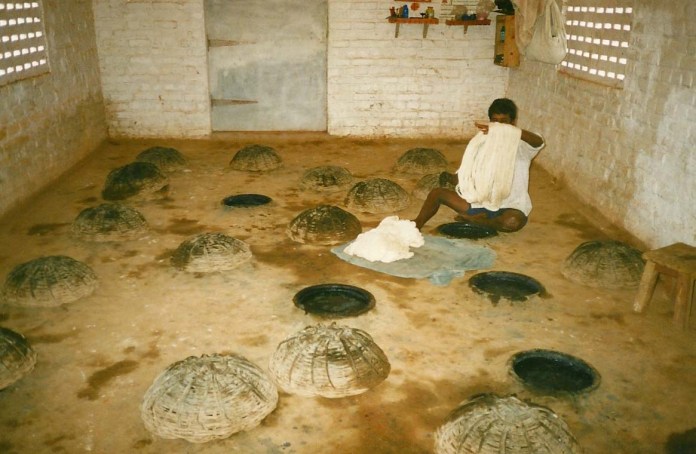 Indigo is a live fermentation process
Indigo is a live fermentation process


